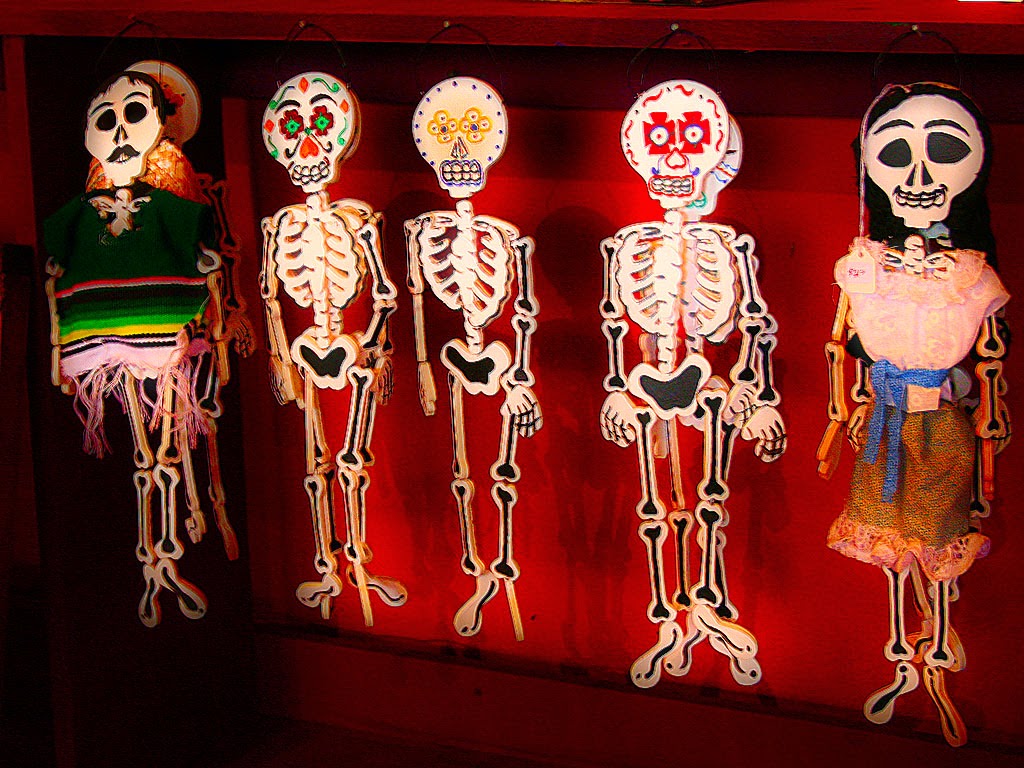What should scenes do?
What do they include?
I tend to say that since we have been
taking a novel apart and annotating what is going on in each scene, we
can easily look at the scenes we have summarized on our note cards
and know. We are already so far ahead of anyone who has not taken a
novel apart in this way.
 |
| Go from a skeletal scene to something more fleshy. Image: Kathy on Flickr |
- They have a purpose—How would things change if this scene were cut?
- The characters each have motivation—generally unspoken.
- They have conflict, or tension that is building to conflict. Aside from being a conflict scene specifically, conflict within a scene may be a dilemma or decision, or a reaction to previous acts.
Questions I ask in a scene:
- Who needs to be here? Why? What would happen if I cut someone out or swapped out one of the characters?
- What is the most surprising thing that could happen in this scene? (This allows me to think up some wild possibilities. Often, I've already thought of them, but, occasionally, I get something new from this.)
- Why are these characters doing this? (This addresses the purpose and motivation, but in a bit of an amorphous way.)
I drive between Tucson and Phoenix
twice a week. It's a two hour drive and I often spend that time in
scenes. If I'm lucky, two scenes will come to me and I'll roll them
over and over in my head, replaying them with more detail and
emotion. By the time my drive is over, I'm rushing into the house to
get the details on paper. It's usually a rough sketch that I can use
during my writing session, but it's got the emotional language that I
need, the characters, and the purpose of the scene. It makes it easy
to get back into the dream state and write in greater detail those
things that I didn't see during the birth of the scene.
So when writing scenes, I think of
them in a few stages:
- Notes that indicate the raw idea, including purpose, key dialogue, and emotion.
- The Skeleton—This is the skinny first dream of the scene. It's important for me to get this down because, after a period of time, the notes lose impact for me.
- The Dream State—This is when I sit down to watch the whole thing play out, to immerse myself in it, to feel it, and give it all the detail it deserves. The Dream State is the place where the scene becomes bigger and develops an additional purpose, layers of meaning, and more emotional complexity.
- The Re-Dream (REM Sleep?)—This comes in the revision and rewriting process and develops the characters further, pulls out themes, and draws on the conflict and tension. There are several steps in developing scenes during revision, but they are not important now. It is not time for that in the rough draft.
Frankly, I'm not even sure that getting
every scene down in the Dream State is necessary during the rough
draft.
What is in the scenes from the novel
you have been looking at? What do you insist on when writing your own
scenes? What kinds of questions do you ask of each scene? Do you have
scene stages? I'd love to hear from you!
For this week: 2500 words, yes.
Catch up on the activities you are behind on. (I'm behind on creating the visual.)
Coming in a little late? Find out about the 13 week challenge here. And see the first week's activities here.
Subscribe to get posts directly, or check back on April 5th (or 6th... ahem...) for the next installment.
Coming in a little late? Find out about the 13 week challenge here. And see the first week's activities here.
Hey Robin, thanks for stopping by MY blog and leaving a comment. Thanks for these scene-building tips. They are spot on for memoir writers as well as fiction. I shall share them with my class next week. I'm smiling at the thought of you in your car, oblivious to blooming cactus as you inhabit your story, mind-writing a scene. Love that flow state!
ReplyDeleteI never miss a cactus in bloom! They only enhance my desert story!
DeleteAlso, Sharon--Thanks for mentioning the use of this for memoirs. I know some writers working on creative nonfiction and memoirs who have told me they turn away from posts that appear to be specific to novels.
DeleteI actually learned so much and was freed in my fiction writing when I began to understand writing nonfiction. My fiction became more down-to-earth and easier to read for a broader range. Fiction and memoir share a lot!
Although right now I don't think writing novels is on my to-do list, I'm learning so much from you. :)
ReplyDeleteI appreciate that you read, Lux. When you do start on a novel, I hope I have a refined version of this process!
Delete